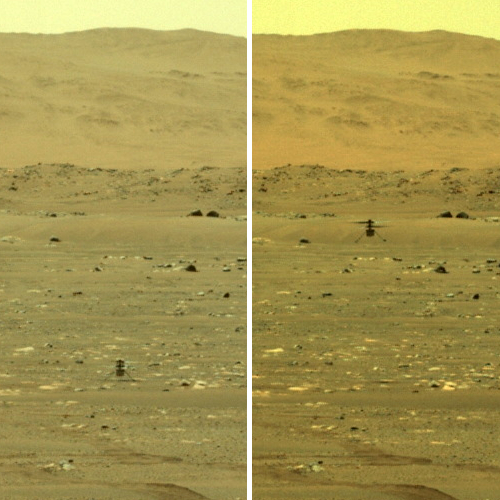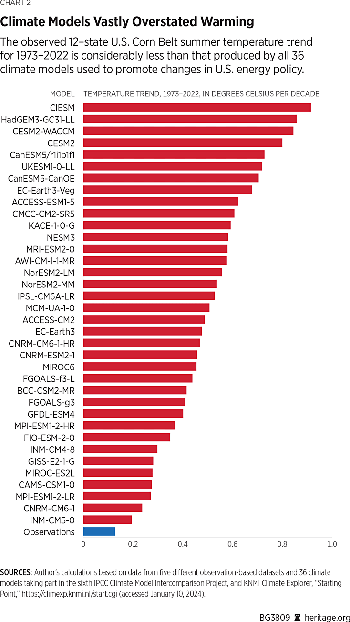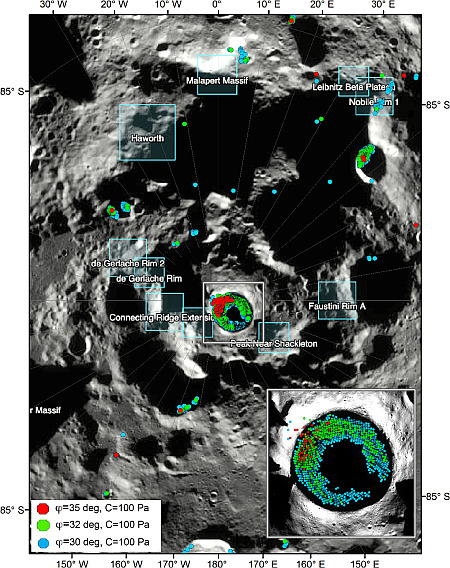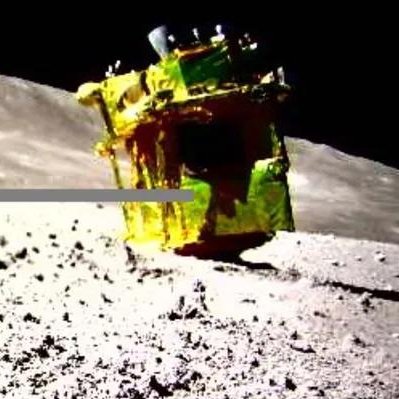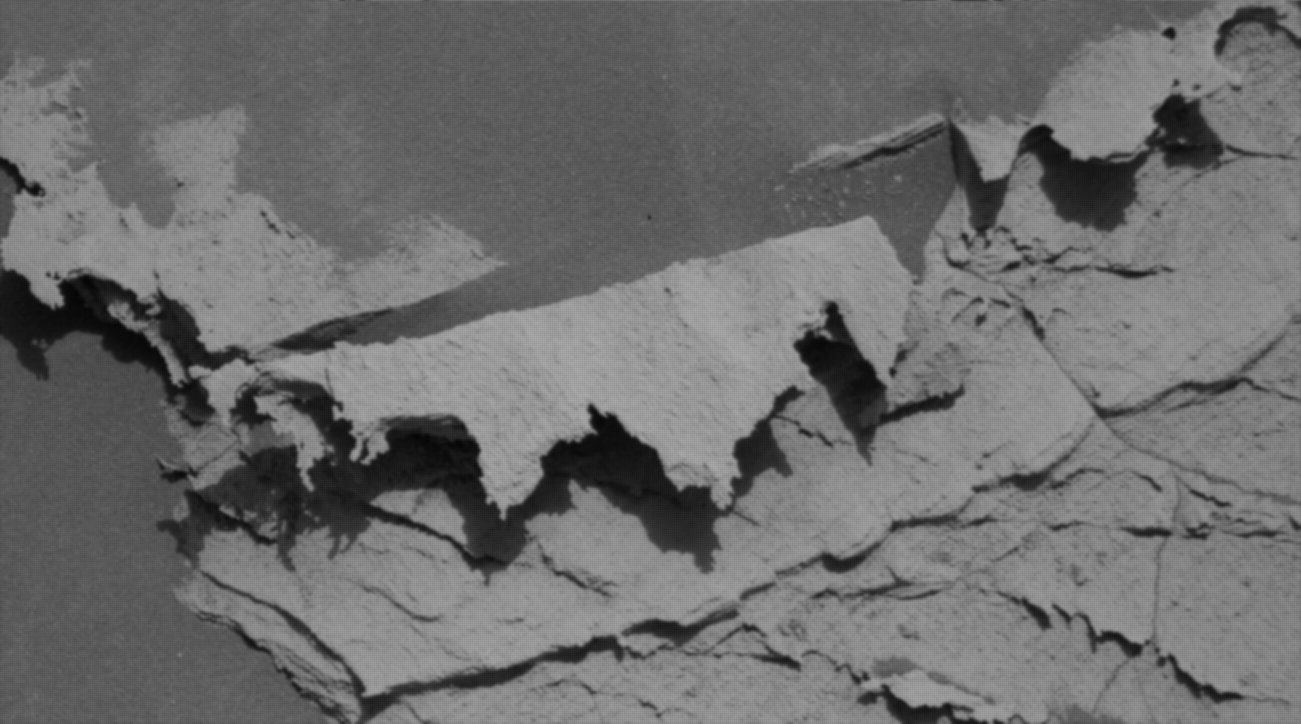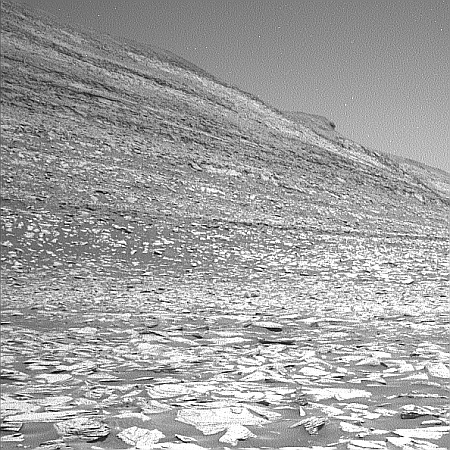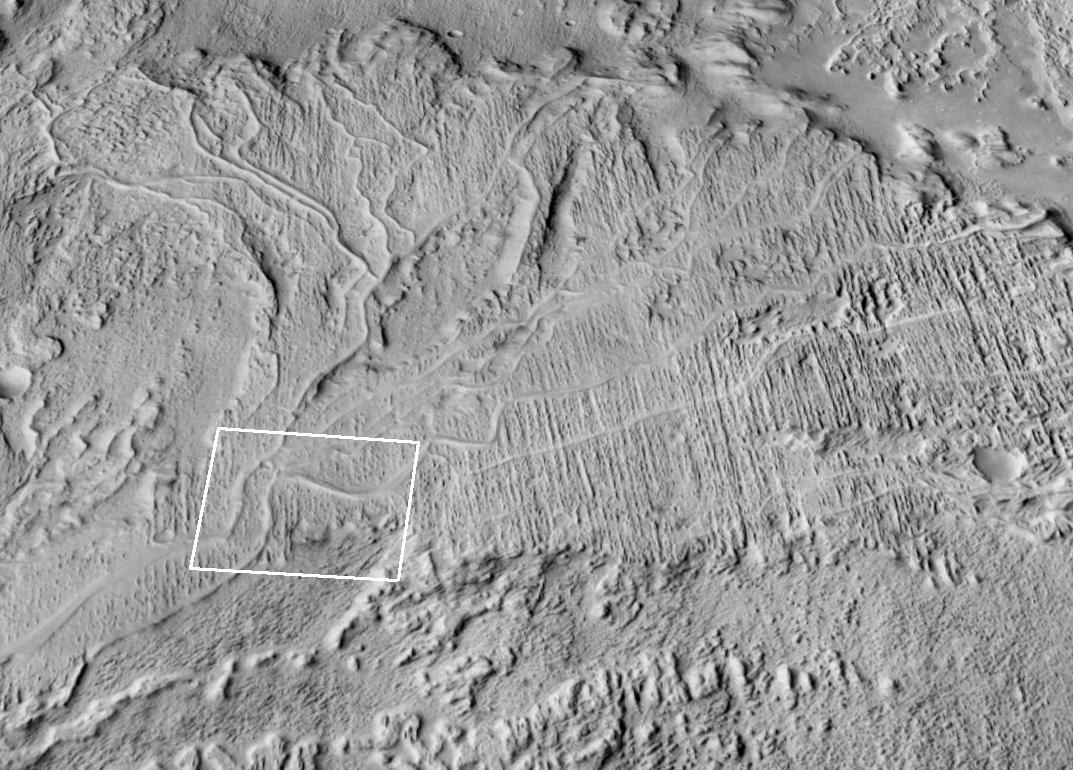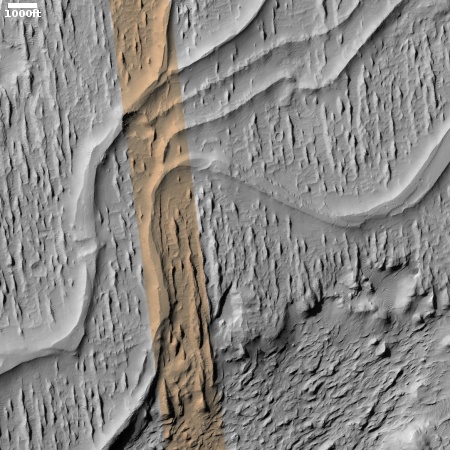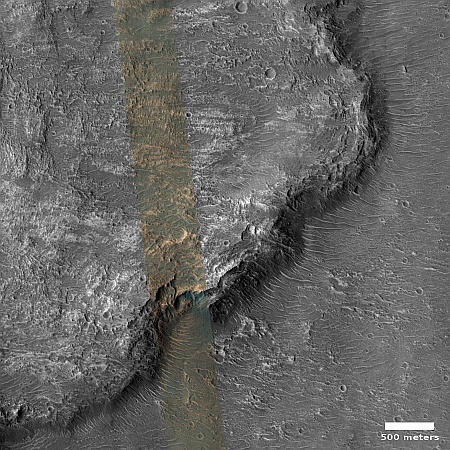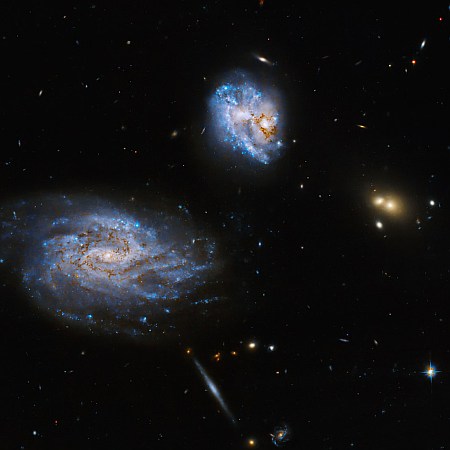Belgium yesterday became the 34th nation to sign the American-led Artemis Accords, bi-laterial agreements initially conceived by the Trump administration as a way to get around the legal limitations on private property created by the Outer Space Treaty.
Based on the wording of Belgium’s press release, it appear however that this goal is slowly being watered down by the many nations who have signed:
Belgium’s signature of the Artemis Accords is part of its proactive participation in the work of the United Nations Committee on the Peaceful Uses of Outer Space (UNCOPUOS). As a party to the five United Nations treaties on outer space, Belgium, in close collaboration with other Member States, has launched several actions within the Committee over the past decade to promote the establishment of an international multilateral legal framework for equitable access to and benefits from space resources, as well as for the safe and sustainable use of these resources. [emphasis mine]
The highlighted word, “equitable”, is one of the key words in Critical Race Theory, and when translated into plain English means providing guaranteed benefits for those who feel oppressed, whether or not they deserve it. Note too Belgium’s effort here to get the United Nations involved. By outlawing any nation from claiming territory and establishing its legal framework, the Outer Space Treaty essentially gave that power to the UN. The accords were conceived as a political way of breaking that restriction, shifting power back to the nations who signed. By inserting the UN into the Artemis alliance Belgium is trying to shift power to the UN again. And it appears it is attempting to form its own alliance of the smaller nations within the accords for this purpose.
The full list of signatories to the Accords is as follows: Angola, Argentina, Australia, Bahrain, Belgium, Brazil, Bulgaria, Canada, Columbia, Czech Republic, Ecuador, France, Germany, Iceland, India, Israel, Italy, Japan, Luxembourg, Mexico, the Netherlands, New Zealand, Nigeria, Poland, Romania, Rwanda, Saudi Arabia, Singapore, South Korea, Spain, the United Kingdom, the United Arab Emirates, the Ukraine, and the United States.
The competing alliance of communist nations, led by China, includes only Russia, Venezuala, Pakistan, Belarus, Azerbaijan, and South Africa. That former deep Soviet bloc nations like Bulgaria and Romania, as well as previously very Marxist Angola, went with the west rather than China illustrates the international distrust of China and its authoritarian methods.

